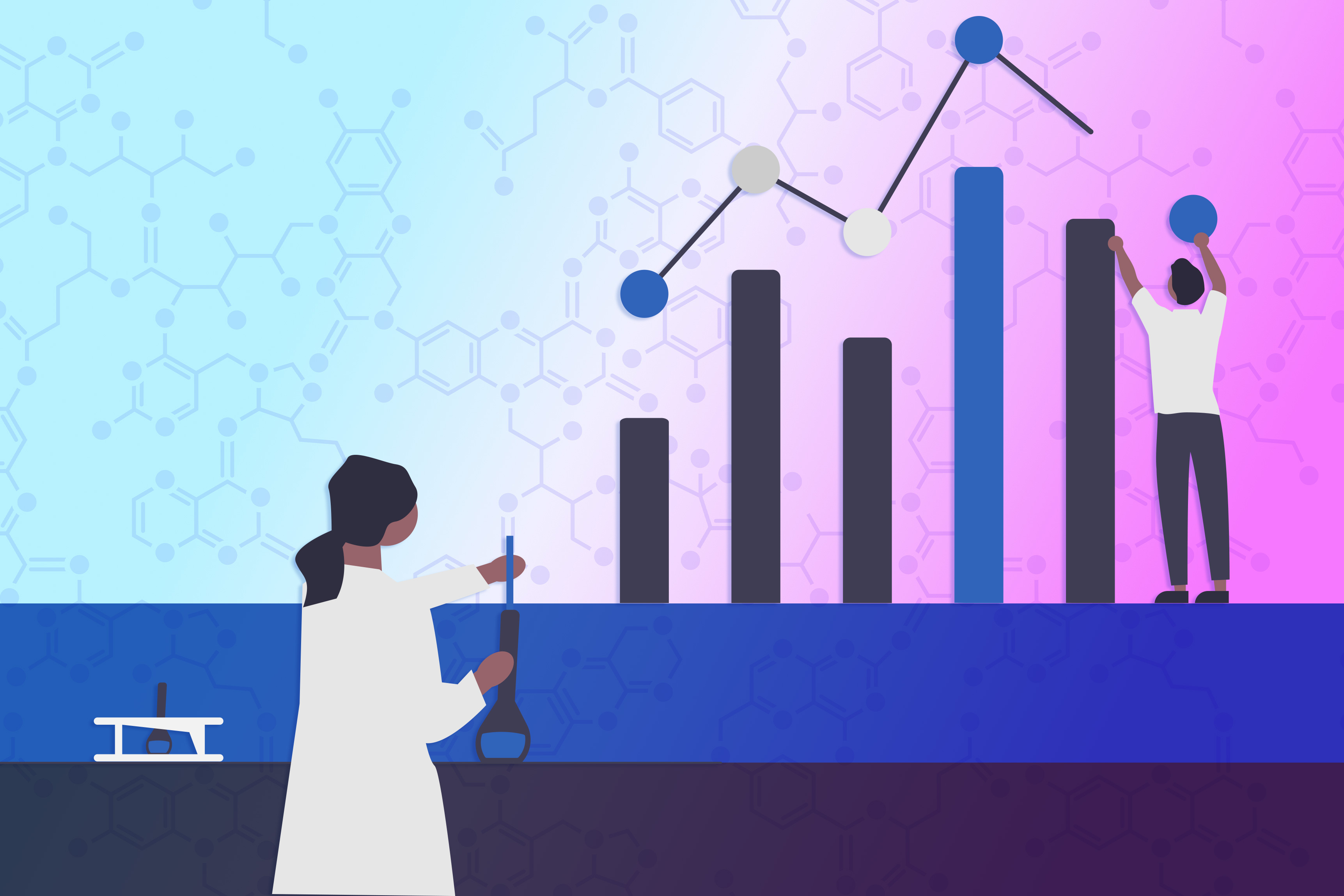Introduction to Solubility Prediction
Using machine learning, MIT chemical engineers have created a computational model that can predict how well any given molecule will dissolve in an organic solvent. This type of prediction could make it much easier to develop new ways to produce drugs and other useful molecules.
The Importance of Solubility Prediction
Predicting solubility is a key step in the synthesis of nearly any pharmaceutical. The new model, which predicts how much of a solute will dissolve in a particular solvent, should help chemists choose the right solvent for any given reaction in their synthesis. Common organic solvents include ethanol and acetone, and there are hundreds of others that can also be used in chemical reactions.
Current Limitations
“Predicting solubility really is a rate-limiting step in synthetic planning and manufacturing of chemicals, especially drugs, so there’s been a longstanding interest in being able to make better predictions of solubility,” says Lucas Attia, an MIT graduate student and one of the lead authors of the new study. The researchers have made their model freely available, and many companies and labs have already started using it.
How the Model Works
The model could be particularly useful for identifying solvents that are less hazardous than some of the most commonly used industrial solvents. “There are some solvents which are known to dissolve most things. They’re really useful, but they’re damaging to the environment, and they’re damaging to people, so many companies require that you have to minimize the amount of those solvents that you use,” says Jackson Burns, an MIT graduate student who is also a lead author of the paper.
Training the Model
The researchers trained two different types of models on a dataset called BigSolDB, which compiled data from nearly 800 published papers, including information on solubility for about 800 molecules dissolved in more than 100 organic solvents. The models represent the chemical structures of molecules using numerical representations known as embeddings, which incorporate information such as the number of atoms in a molecule and which atoms are bound to which other atoms.
Results and Accuracy
The researchers found that the models’ predictions were two to three times more accurate than those of the previous best model. The models were especially accurate at predicting variations in solubility due to temperature. “Being able to accurately reproduce those small variations in solubility due to temperature, even when the overarching experimental noise is very large, was a really positive sign that the network had correctly learned an underlying solubility prediction function,” Burns says.
Conclusion
The new model has the potential to make a significant impact on the development of new pharmaceuticals and other useful molecules. By providing a more accurate and efficient way to predict solubility, the model could help chemists choose the right solvents for their reactions, reducing the risk of environmental damage and improving the overall efficiency of the synthesis process.
FAQs
Q: What is solubility prediction?
A: Solubility prediction is the process of determining how well a given molecule will dissolve in a particular solvent.
Q: Why is solubility prediction important?
A: Solubility prediction is important because it can help chemists choose the right solvents for their reactions, reducing the risk of environmental damage and improving the overall efficiency of the synthesis process.
Q: How does the new model work?
A: The new model uses machine learning to predict solubility based on the chemical structures of molecules and the properties of the solvents.
Q: How accurate is the new model?
A: The new model is two to three times more accurate than the previous best model, and it is especially accurate at predicting variations in solubility due to temperature.
Q: Who can use the new model?
A: The new model is available to the public, and it can be used by chemists, researchers, and pharmaceutical companies to improve the efficiency and sustainability of their synthesis processes.











